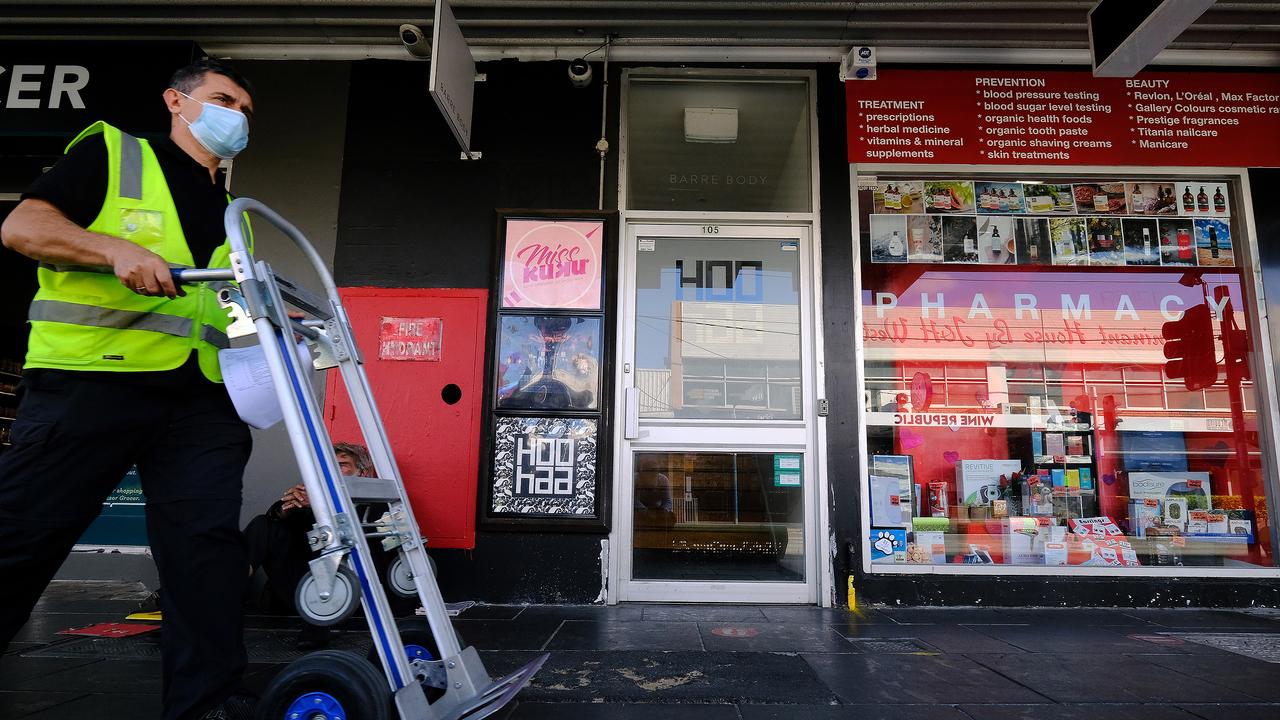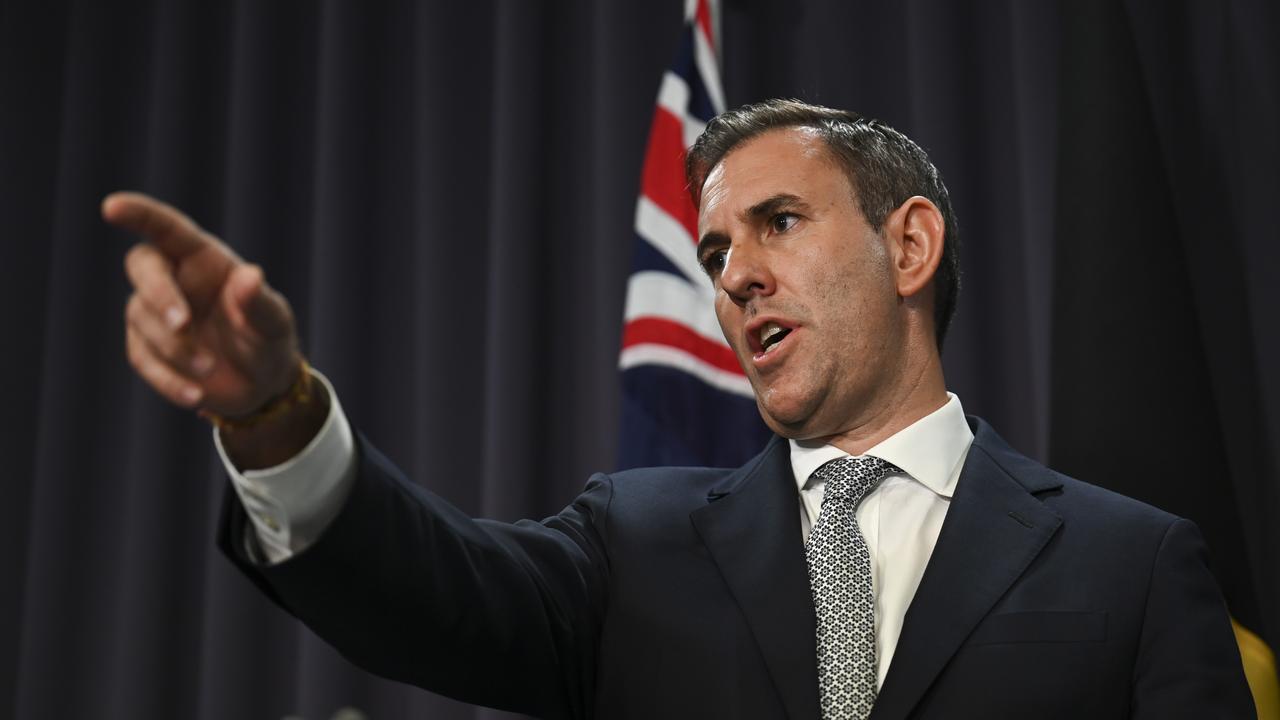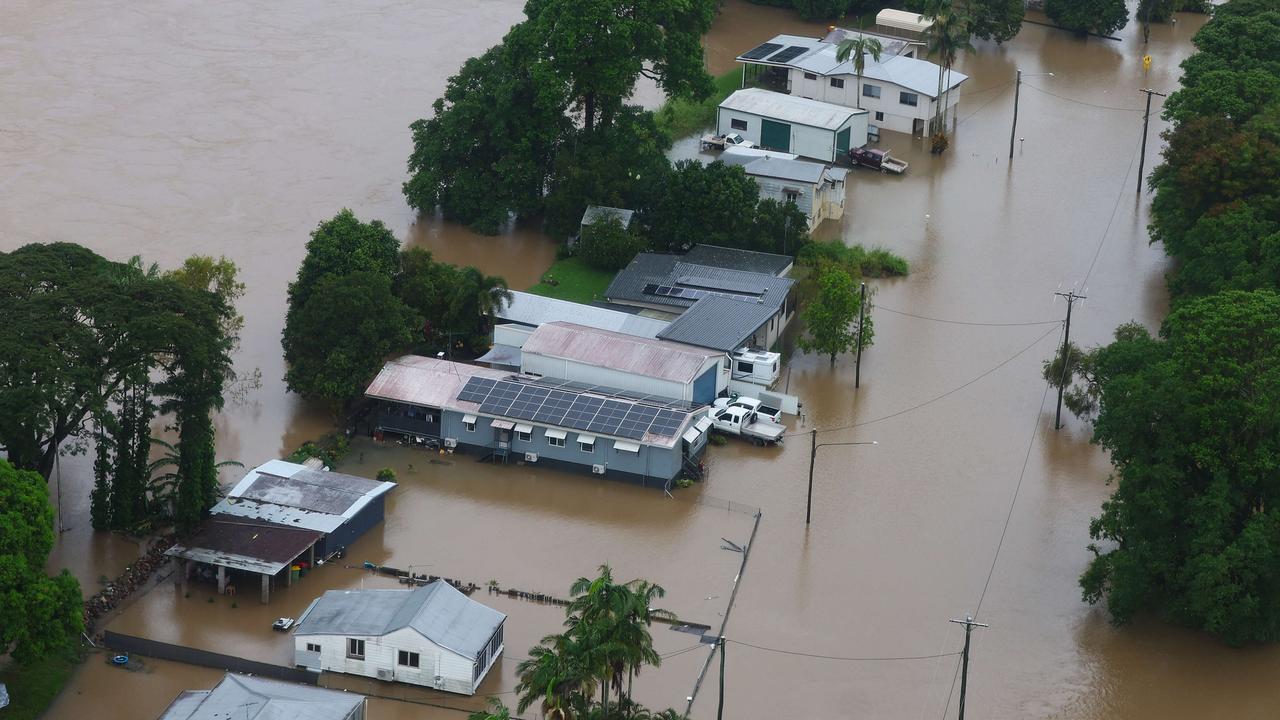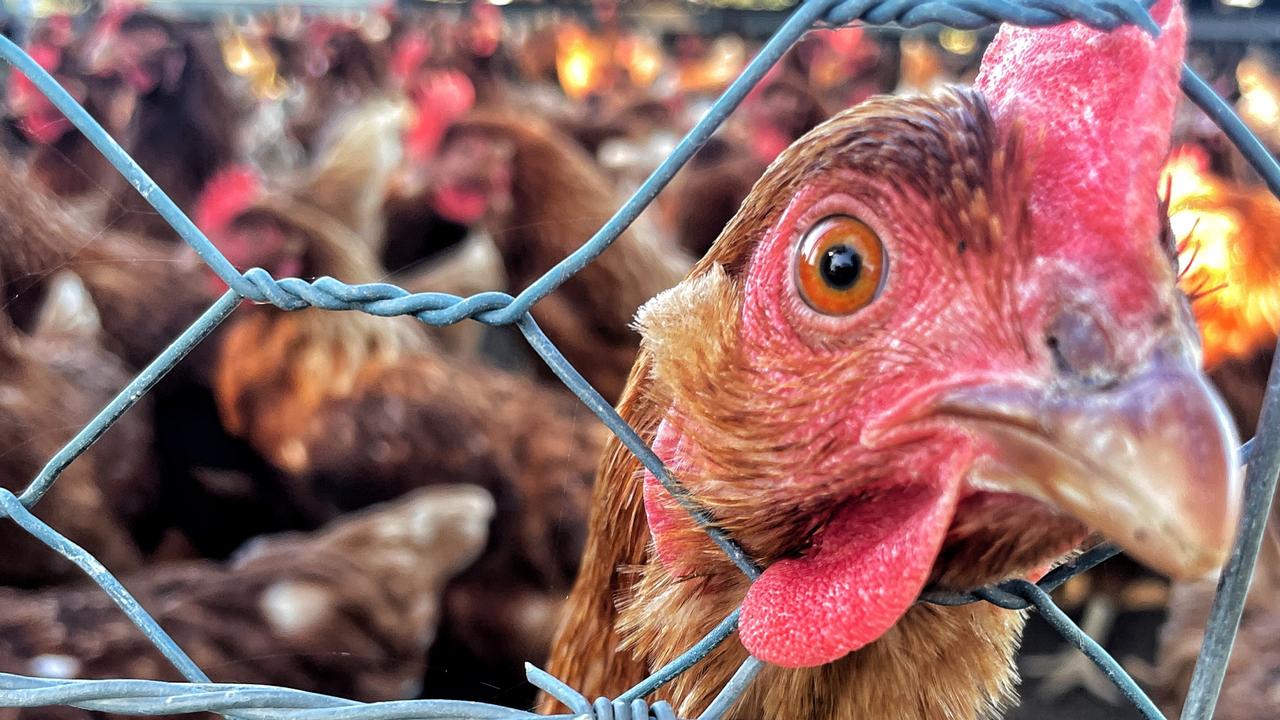Australia’s unemployment rate rises by 0.1 per cent in January
An extra 22,000 Australians entered 2024 without a job, with the latest figures showing unemployment rate has jumped above 4 per cent for the first time in two years.

Breaking News
Don't miss out on the headlines from Breaking News. Followed categories will be added to My News.
Australia’s unemployment has hit its highest rate in two years as economists warn it could get worse later in the year.
Figures, released by the Australian Bureau of Statistics on Thursday, show the seasonally adjusted jobless rate rose to 4.1 per cent in January from 3.9 per cent in the previous month.
There’s now 600,600 people unemployed across the country, compared to the 578,300 Aussies were out of work in December.
It’s the first time the unemployment rate has been above 4 per cent since January 2022.
ABS head of labour statistics Bjorn Jarvis explained the increase in the unemployment rate in January 2024 coincided with a higher-than-usual number of people who were not employed but who said they will be starting or returning to work in the future, as was seen in January 2022 and 2023.

“While there were more unemployed people in January, there were also more unemployed people who were expecting to start a job in the next four weeks,” he said.
“This may be an indication of a changing seasonal dynamic within the labour market, around when people start working after the summer holiday period.
“In January 2022, 2023 and 2024, around 5 per cent of people who were not employed were attached to a job, compared with around 4 per cent in the January surveys prior to the COVID-19 pandemic.”
But Oxford Economics Australia head of macroeconomic forecasting Sean Langcake said the unemployment rate will likely increase as the year progresses.
“We expect the unemployment rate will trend higher over 2024, reaching a peak of 4.5 per cent,” Mr Langcake said.
“But with the unemployment rate reaching 4.1 per cent in January, this cycle appears to be running ahead of schedule.
“The slackening of the labour market is well and truly underway. The headline indicators in today’s release are weak, and they are further underscored by a large 2.5 per cent m/m decline in hours worked.
“The swift weakening in labour market conditions raises some doubts as to whether we will see an orderly easing in conditions in 2024.
“Our outlook is for some consolidation in conditions in the coming months, but policy makers will be a little more concerned about the outlook after today’s data.”
Mr Langcake said employment failed to rebound as expected following a very weak December.

Treasurer Jim Chalmers said the labour market “been weakening from an incredibly strong and resilient base”.
“It’s still very low by historical standards,”Dr Chalmers said.
“The five-and-a-half year average before covid was 5.5 per cent for the unemployment rate, we’re now at 4.1 per cent.
“We still have the fastest job growth compared to any major advanced economy.”
Dr Chalmers said the figures aren’t a complete surprise compared to historical unemployment rates.
“What we’re seeing in these figures is that the labour market continues to softens in expected ways,” he said.
“It’s been 46 years now since these monthly records have been kept and there’s only one calendar year where every month of that calendar year had unemployment south of 4 per cent and that year just finished.”
He said Australia is entering a period of “economic uncertainty” from a position of strength in the labour market.
“(There’s been) 650000 jobs created, the fastest wages growth in 15 years, two consecutive quarters of real wages growth,” he saidl.
“All that tells us that even as the labour market softens in ways that we have anticipated and we start from an especially strong base.
“This is also the inevitable consequence of higher interest rates and persistent inflation and global economic uncertainty.
“Because of the pressures that people are under, the pressures our economy is under and the global economy as well.
“Those are largely the reasons for the tech up in the unemployment rate we see today.”

The first results of the year show there’s less people in jobs compared to December, where 578,300 Aussies were out of work.
December’s figures were the largest monthly decline since the COVID-19 lockdowns, while the jobless rate stayed at 3.9 per cent.
It comes off the back of the latest Jobs and Skills Australia report released on Wednesday, which saw national online job ads fall by 2 per cent (or 5200 job ads) in January 2024 to stand at 254,500.
“Despite this, vacancy numbers remain at record levels, with around two-thirds more advertisements in the labour market presently than compared with the monthly average for 2019,” CommSec stated.
Meanwhile, the seasonally adjusted monthly hours worked fell by 2.5 per cent in January 2024.
“January is a popular month for people to take annual leave,” Mr Jarvis said.
“Compared with January surveys before the pandemic, we again saw a higher proportion of employed people working no hours because they were on leave.
“We have seen a similar pattern in recent January surveys, which may point to further changes in labour market dynamics around the summer holiday period,” Mr Jarvis said.
The figures showed the fall in hours worked in January continued the general slowing since mid-2023.
“Since October 2023, the annual growth rate in hours worked has slowed considerably, down to 0.7 per cent in January 2024, and well below the annual employment growth of 2.6 per cent,” Mr Jarvis said.
Originally published as Australia’s unemployment rate rises by 0.1 per cent in January









